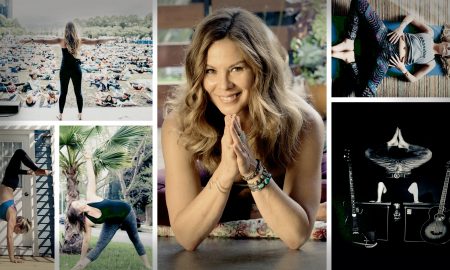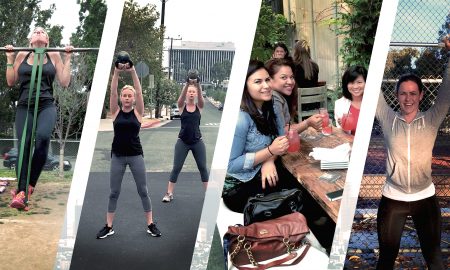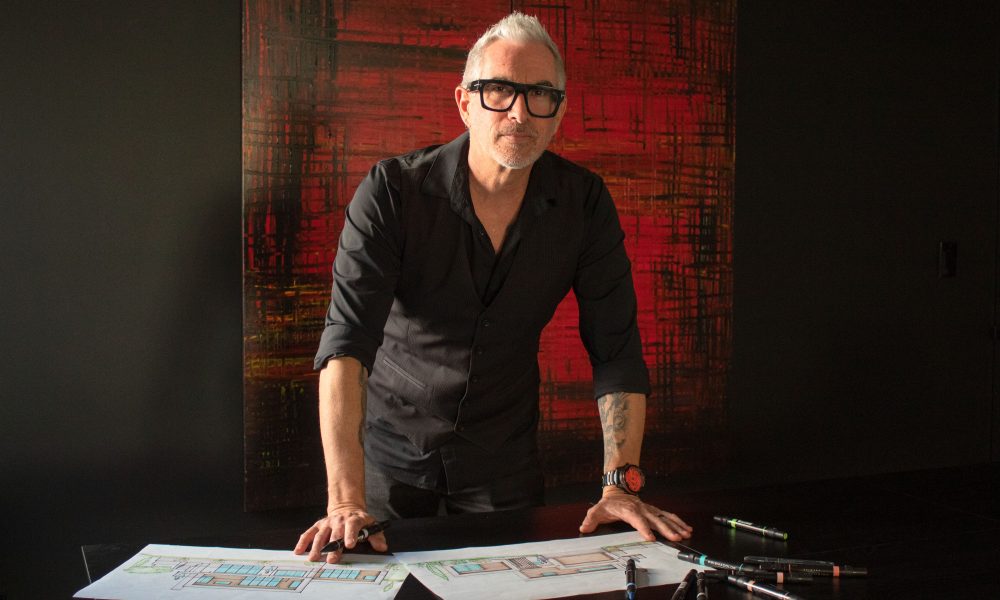

Today we’d like to introduce you to Robert Matola.
I was born and raised in a lower income neighborhood of Los Angeles, CA in the 1970’s and 80’s. My family moved around quite a bit during my first 15 years. First, to a very small 800 sq. ft. rental home in Inglewood, CA and then into a few different project apartments in North Hollywood, CA around the Fulton and Vanowen vicinity. Drugs, alcohol, verbal and physical abuse, gang violence, burglaries, overdoses, even homicides and suicides were unfortunately not all that uncommon for many of the families in our neighborhoods. This was also no exception in our home. However, I will not be getting into anything specific regarding my personal family experiences out of respect for my family. These conditions we lived in, along with a near daily reminder of our “lack of options” made me quite restless, frustrated and angry with my parents’ decisions at a young age.
I realized by my early teenage years, that what I had grown up witnessing, where we were living and how we were living would have a drastic and long-lasting effect on my life. I made a conscious decision at the age of around 15 or 16 to take a very different path. I knew that this would not be easy, and that it would require a near complete detachment from my family, the environment I was in and many of the “friends” negatively influencing my life at that time. I expected that it would take unrelenting hard work, a continued self-motivation, determination and belief in myself in order to break the cycle.
I was absolutely positive of a few things. I wanted to have a much better life than I had growing up. I didn’t want to be poor anymore, I wanted a life far away from substance abuse, violence and tragedy. I wanted to succeed in a “profession” that I loved, not just a job. Anything that would get me out of where I was. My parents had already separated by the time I was 13. I worked 2 jobs after graduating from High School and decided to leave my family’s home when I was 17 years old.
My “role models” up to this point were my “friends” from our neighborhood, my parents, 1 aunt and 6 uncles. All 6 uncles, as well as my father would all be dead (in one way or another related to drugs and alcohol) from the ages of 30-70 years of age. I wanted to make sure that my family tragedies, limitations, lack of options and constant frustrations that I lived through would never cripple my future.
Statistically, I was certainly expected to continue this same lifestyle through my adulthood. But fuck statistics. These “role models” and the environments I grew up in, actually gave me an unwavering drive and focus that I still carry with me today. Not to follow in their footsteps, but to instead turn 180 degrees in the opposite direction. I had to be selfish in my life moving forward, to save myself.
We create our own future and can absolutely choose where we end up in our lives. This is not the responsibility of anyone else to fix for us, and this responsibility sits solely on each individuals shoulders. Any of our past tragedies, difficult upbringing, poor financial circumstances, a feeling that we have no options, the system we grow up in and our personal family issues do not guarantee our future. Unless we let those excuses and circumstances run our lives, define us and continue to let them cripple us.
My grandparents (on my mother and fathers’ side) were completely different. Amazing, hardworking and very nurturing to my inquisitive and restless young mind. They were the one exception in my family life, and I credit them with a great deal of where I am today. During my childhood (from 5 years old until I was about 10), I was able to escape a bit at my Grandparent’s home on weekends by playing with old school toys from the 70’s and early 80’s. Lincoln Logs, Legos, Erector sets, Lock Blocks, wood building block toy sets and Tinker Toys were my outlet. I would create office buildings, houses, schools and sometimes crazy abstract shapes and structures on a glass living room table. This allowed me to lay down under the glass table and view each structure I created. Not just to view it from the top, but to see it from all angles and perspectives. I could imagine what it was like to walk around “inside” that space, even in miniature scale. I started to understand how the light transferred through the windows, doors and various openings that I had created. Simply disappearing into these small plastic colorful and natural wood textured spaces for hours at a time.
These years of time spent with these simple sets of childhood toys was certainly my first experience with what would be my fascination with Architecture and Building Design. I had no idea at the time that I was already working on my understanding of space planning, the scale of rooms and volume of spaces. The creating of something that I could actually manipulate and change, starting from absolutely nothing but a glass table and small pieces of different shapes.
I had remained a good student throughout my Elementary, Middle School and High School years. I had been most interested and found a comfort level in drafting, graphic arts and mathematics. After my Senior year of High School in 1987, graduating at the age of 17, It was recommended that I take a Junior College class in Architecture or Engineering at Pierce College in Woodland Hills, CA. I was told through a counselor that Community College was always far less expensive for coursework and an “obtainable” option for me. I was paying for schooling myself and did not have the 4.0+ GPA necessary for grants to a university. If I had the resources or financial support at the time, this would have obviously been the more preferred option.
In order to pay for my Jr. College classes and coursework each night, I was working full time as a quality control inspector working alongside my father for an Aerospace company in Canoga Park, CA during the days for $7 per hour. I originally had to hitchhike to work for the first 3-4 months (yes, some had still hitchhiked in the mid 80’s) because I did not have a car for transportation, and I was pretty ashamed of that fact. One of my co-workers found out about my transportation “situation”, so they offered to carpool and pick me up for work. This low-paying job at least allowed me to pay for Architectural design and Engineering classes at night to see if this was potentially a career that I wanted to enter into. Eventually I was able to afford a car (a 71′ Ford Pinto and then moved up in the world and purchased a 68′ Volkswagen Bug) and began my classes.
Architecture classes would always begin the same way each semester, with over 45 students in a class standing room only and would always end the semester with only 15-20 of us remaining. Students who thought that Architectural coursework would be some kind of easy “A” elective art or drafting class were quickly administered the reality of what kind of hours and study are required to actually work in this profession. This weeded out the serious students who had a passion and real interest from the not so serious students. This was a time where hand drafting with pencil to paper utilizing drafting tables and T-Squares or Mayline slide bars were the primary methods and tools practiced in school and in design firms. The use of AutoCAD as a drafting tool would not become the standard practice until a number of years later.
I was offered a part-time job with my college professor as a Designer Draftsman during my 2nd year and also used the Yellow Pages (Before the internet) to call every single Architectural Firm and Design studio in the San Fernando Valley and City of Los Angeles in 1988-1989. At the time, there were over 240 design firms that I had contacted, and not one firm was hiring.
I was finally able to land another draftsman position with the late Luis Cimarelli, Architect in Woodland Hills and quit my full-time job as a Quality Control Inspector, as he agreed to pay me another $2 per hour in a field I was actually interested in. I was also continuing to reach out to other talented local Architects and designers that I had heard of, such as Eli Balach, Architect (one of the lead senior designers of the Sears Tower in Chicago), Thomas K. Hatch, Architect, Michael Francis and the late Dave Kugelstadt out of Ventura California. All of which I had the opportunity to work with over these early years of my design endeavors.
I fortunately drafted/designed projects alongside some very well-educated, knowledgeable, creative, wise, generous and influential mentors in the field very early on. Many of which I continued to collaborate on projects with today, even after starting my own company, RM Designs Residential and Commercial Planners in 1989.
During the next year, I was thrown into drafting and designing every style of residential and commercial building imaginable. Commercial projects, restaurants, medical offices, small and large scale custom residential homes, additions, remodels, historical building renovations and everything in between.
My only condition when working with these individuals was that I would also be allowed to cultivate my own “side projects” on weekends by designing various patio covers, room additions, two story additions and remodels out of my small apartment dining room and later small office spaces I rented out.
I became a sponge for anything building design related, and still am to this day. Following the history of design and influential Architects and designers from the past, reading tons of books on residential and commercial space planning, problem-solving, site studies, topographic surveying, structural engineering, interior design, manual drafting techniques and design drafting standards.
I would actually read the Uniform Building Code, (Now the California Building Code) so that I could keep up to date with the latest and ever-changing state building codes and local city municipal code requirements (which changed and updated every three years). I soaked up every bit of information that I could.
By working with many different creative thinkers in the industry, I was also able to learn how to operate and manage a small design firm. How to deal with and speak to clients, sell and present projects, expedite projects through the city review and permitting process, run blueprints, and more importantly how not to run a business.
Through in office practice, I adopted my own system of trial and error. (Sometimes lots of errors and painful learning experiences). I continued to read and educate myself with various design theory while working every day through these real-world projects. Through hands on experience, I was in the “learning by doing” phase of my work. The GRIND.
By retaining a great deal of what I had studied, the various design methods, systems and practices of these amazing creative minds, I received the most valuable education which I could then apply immediately to my active projects. But all of this preparation never can prepare you for all of the pitfalls and challenges you face when running a design firm.
Over time, I began to make more money working on my “side projects” during the weekend than I was making full-time at all of these other design firms. Establishing relationships with new clients, contractors, developers, real estate agents and property investors. I then started full steam ahead making RM Designs my top priority and worked 12-hour days consistently for many years. There is no substitute for hard work.
After the January 17th 1994, Northridge Earthquake, I created my own mail out flyers to the affected neighborhoods in the Los Angeles and Ventura County areas. I decided to offer massive discounts to my design rates for those families and individuals who had property damage due to the quake. This relatively inexpensive simple idea and endeavor ended up paying off. I started receiving an influx of earthquake related design repair work as well as room additions and remodel work from those same clients and contractors. It took a natural disaster to really pick up the building industry in the early 1990’s which at the time was slow and stagnant. I was able to secure 65 design projects the first year after the earthquake and my client list grew exponentially.
Through the mid 1990’s and into early 2000’s I was able to be commissioned for the design of between 50-80 residential and commercial projects each year. This allowed me to hire on a number of very talented draftspersons, Civil and Structural Engineers and local Architects along the way.
My company RM Designs Residential and Commercial Planners has overcome multiple building and real estate recessions and hard times in this industry over the years.
RM Designs is now a firm with over 32 years of designed and constructed projects and exciting clients during this amazing journey. Designing some very exciting homes, additions, renovations, historical project and commercial buildings. I began with some early life hardships, some necessary self-discovery and some good old-fashioned hard work and grind. RM Designs has now completed over 1,800 realized projects in Southern California and has even branched out to a number of nationwide projects. We currently design 55-60 projects a year from our office in Simi Valley, California.
I moved to Simi Valley, CA in 1981, where I currently still reside with my beautiful wife Lorie and our overachieving kids Isabella, Madison, Mason and Mackenzie who are all in college making their own dreams come true. It is also where my sister and her husband Logan reside. I have run my business here in Ventura County for the past 32 years.
Thanks for sharing that. So, maybe next you can tell us a bit more about your work?
Our practice has really evolved quite a lot over the past 30 years. Designing smaller additions and remodels in the early 1990’s to designing much larger custom residential homes from the decade of 1997- 2007. During that time, I was designing homes in Italian Villa/Mediterranean styles, Old English Tudors, French Country and Ranch styles in Los Angeles, Malibu, Calabasas, Encino, Tarzana, Studio City, Sherman Oaks, Ventura County, Conejo Valley and Santa Barbara areas. This was what was happening across my drafting table and was desirable to my clients during this time. These home styles while still standing the test of time in relevance and aesthetic, have really been overshadowed by the influx of interest and excitement of Contemporary design in both the commercial and residential sectors.
Minimalism and Contemporary design in Architecture is not new. It has been around since the late 20th century with the most amazing early works of Mario Botta, Jean Nouvel, Norman Foster, Rudolf Schindler, Renzo Piano, Phillip Johnson, Le Corbusier, Frank Lloyd Wright, Frank Gehry, and many others.
It is easy to think outside of the box, when in your mind there was never a box to begin with.
Our projects over the past ten years more heavily focus on contemporary designs, methods and natural materials, textures and newer technological systems. Utilizing natural energy systems, water conservation and sustainable materials have really taken the industry by storm. We have certainly embraced these changes in the world of building design and are also seeking new ways to have money and time for our clients in this ever-changing field.
Do you have any advice for those looking to network or find a mentor?
The internet and social media have exploded for many years now, with resources to interact and speak with industry leading building designers, architects, engineers and inspirational speakers, developers, investors, business coaches and entrepreneurs. You will certainly also find mentors while working hands on in the industry. By doing the work and soaking up as much information as you can. Information is power. I would like to think that most have a family member or friends as these mentors and people they can personally turn to for sound advice and direction. To uplift them.
I also have some amazing team members that work with RM Designs who really have inspired me and constantly test me to be better each day. Miroslav Peric who has been with my company now for over 18 years has always brought a level of challenge to our collaborative projects. You must have these people in your life that always push you to be better. To fill those gaps in your system that you alone cannot possibly fill by yourself.
Right now, my wife and kids are my biggest mentors to me. They are also my motivation to keep pounding the pavement in this profession. I actually still love what I do at 52 years old.
Contact Info:
- Email: [email protected]
- Website: RM-Designs.net
- Facebook: RM Designs
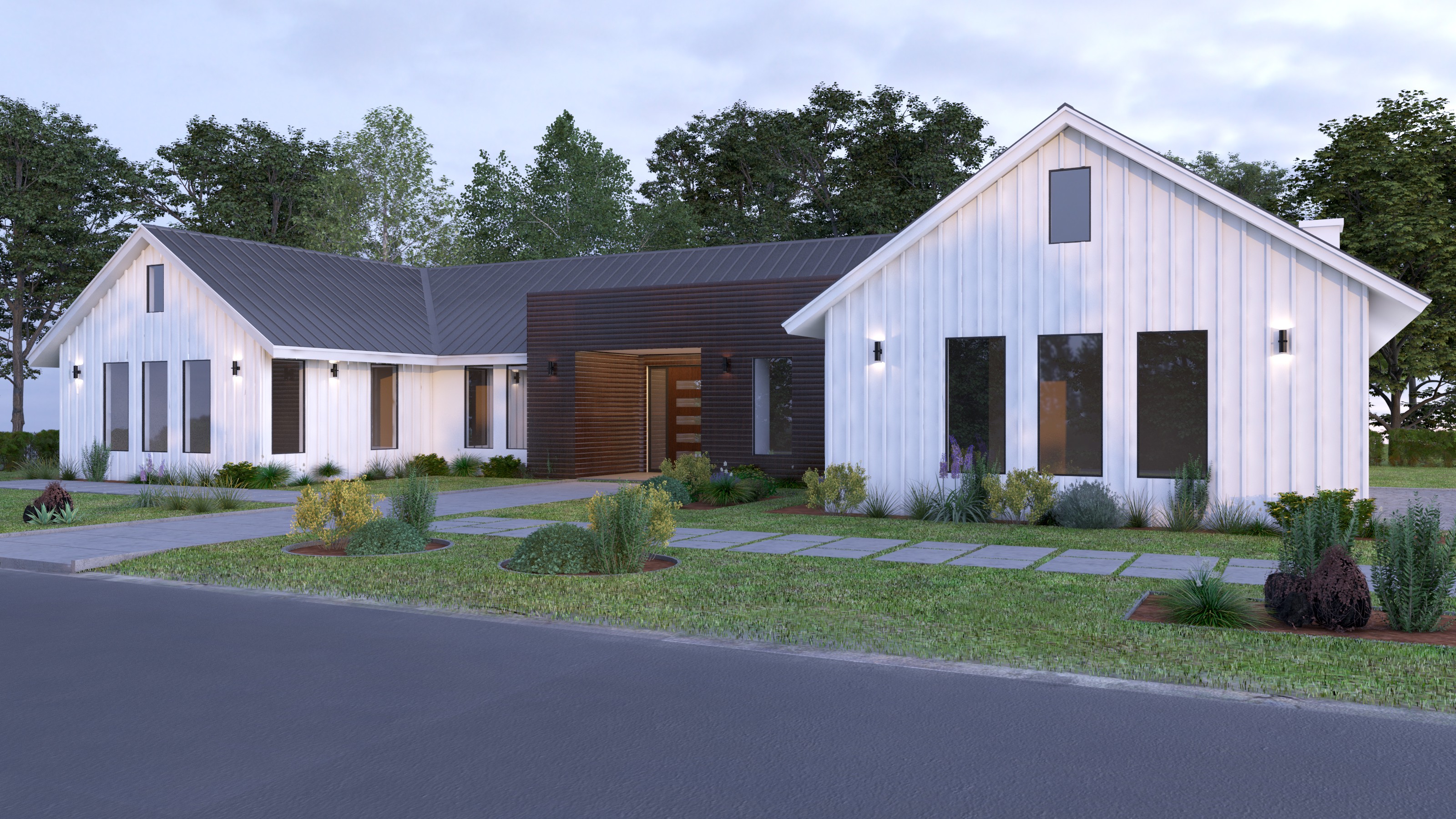
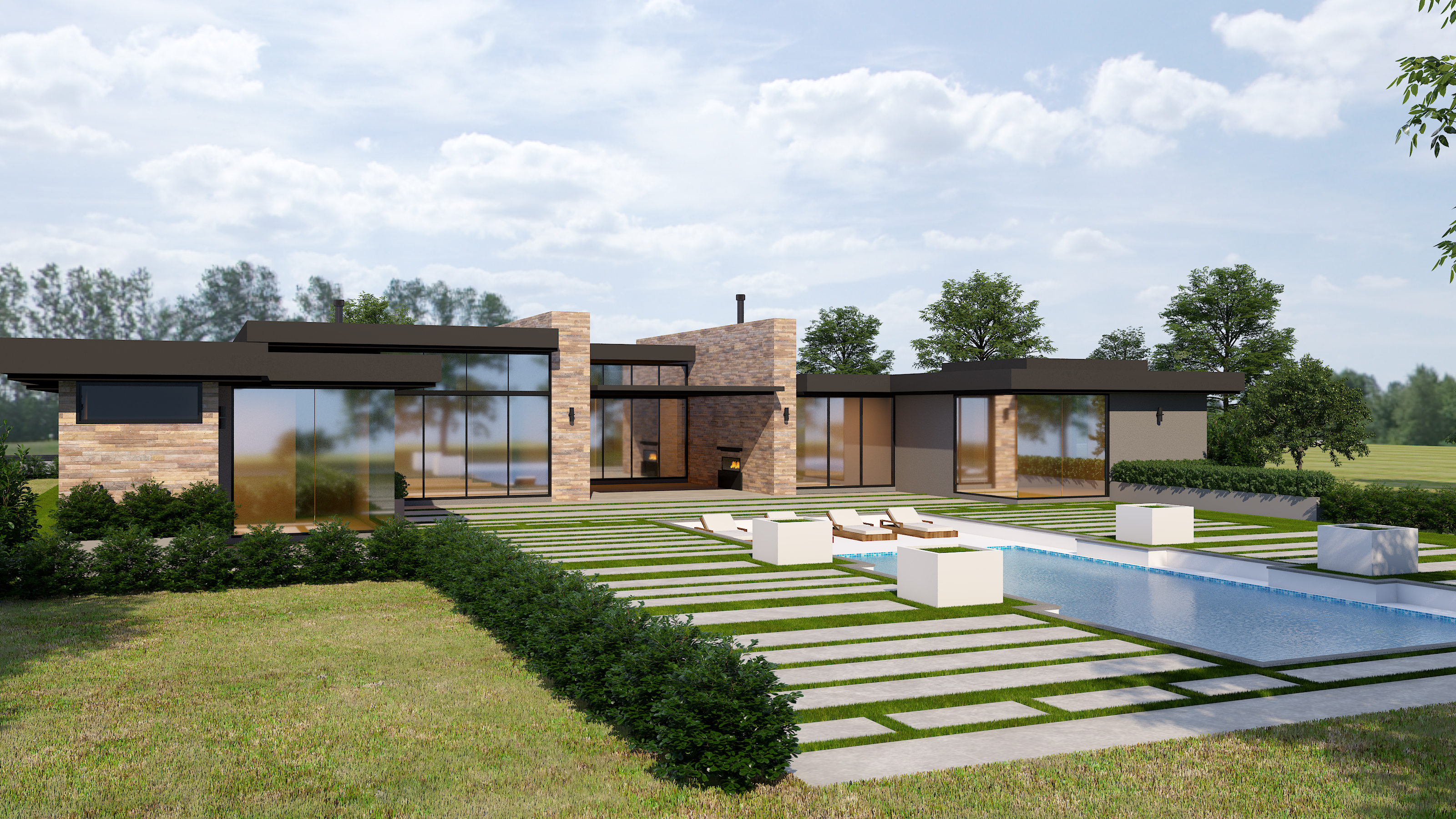

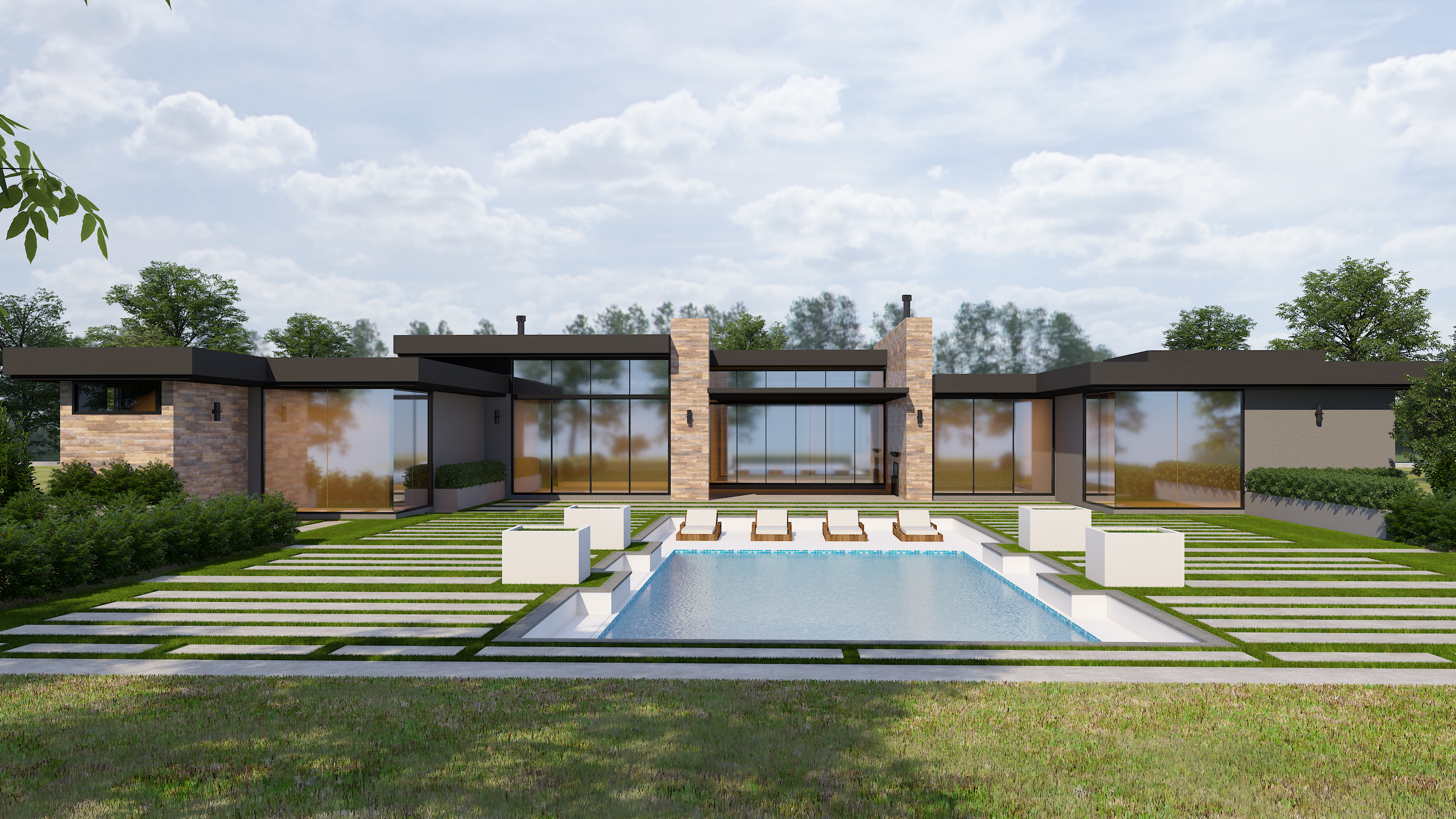
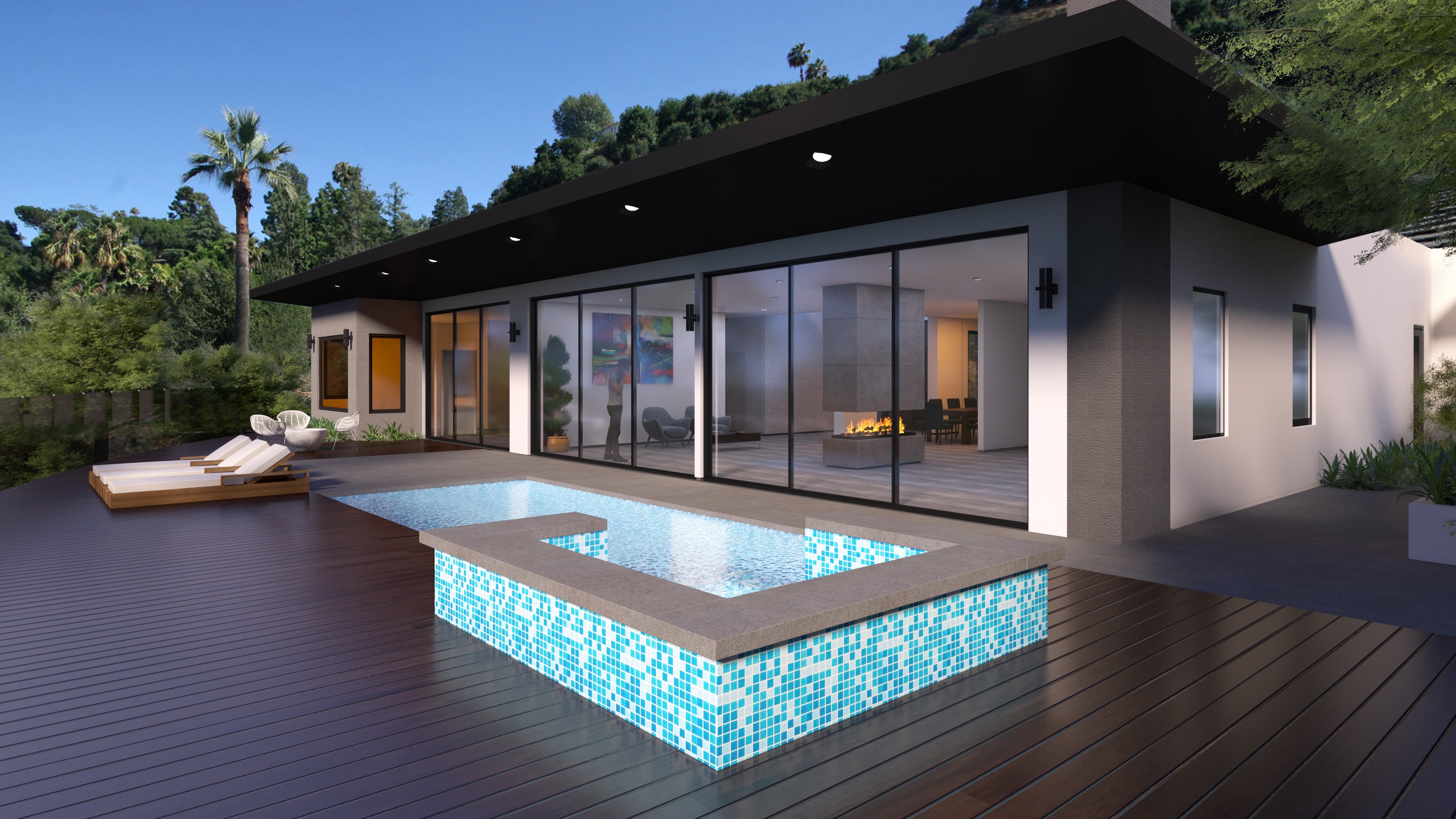

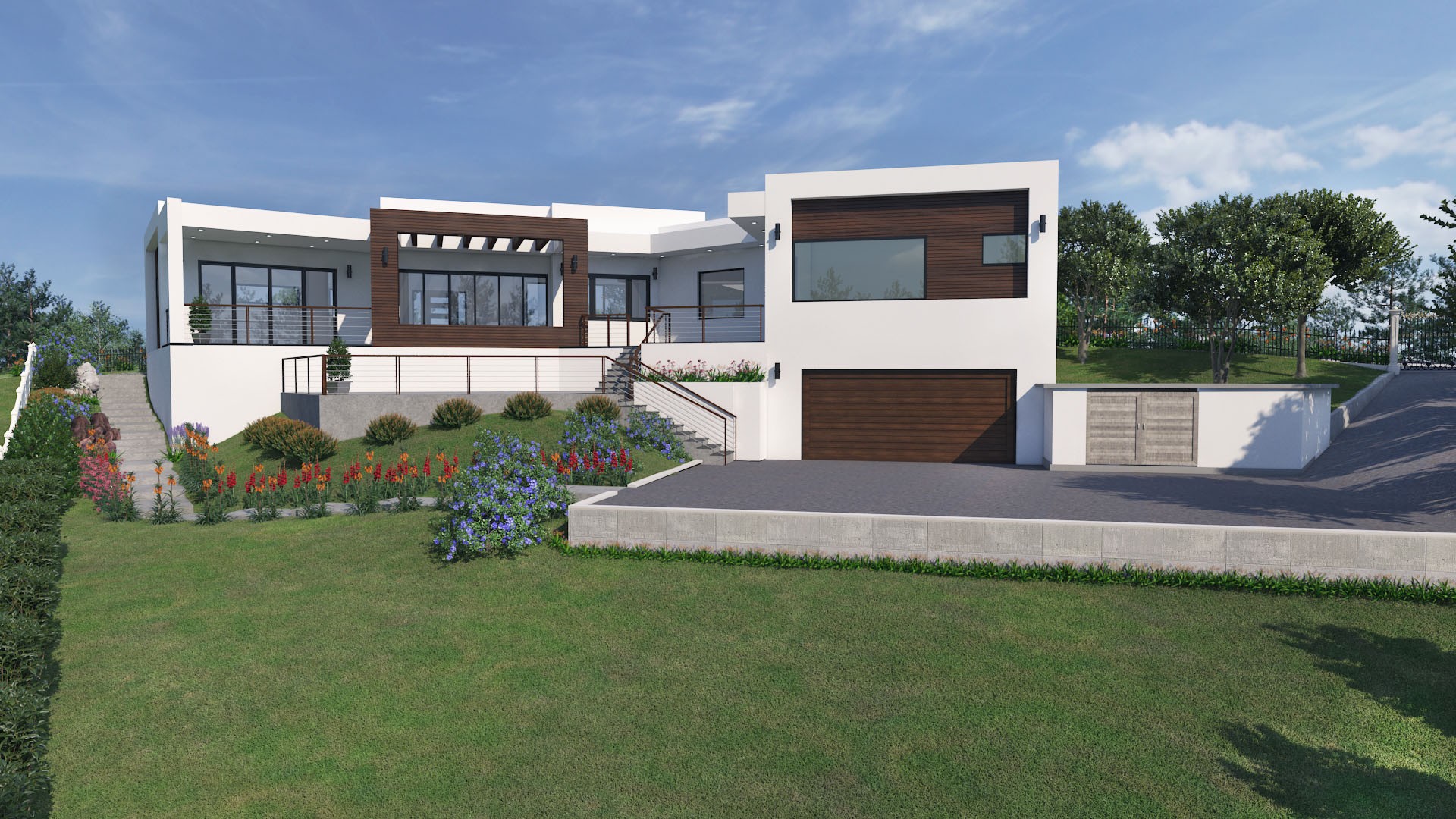
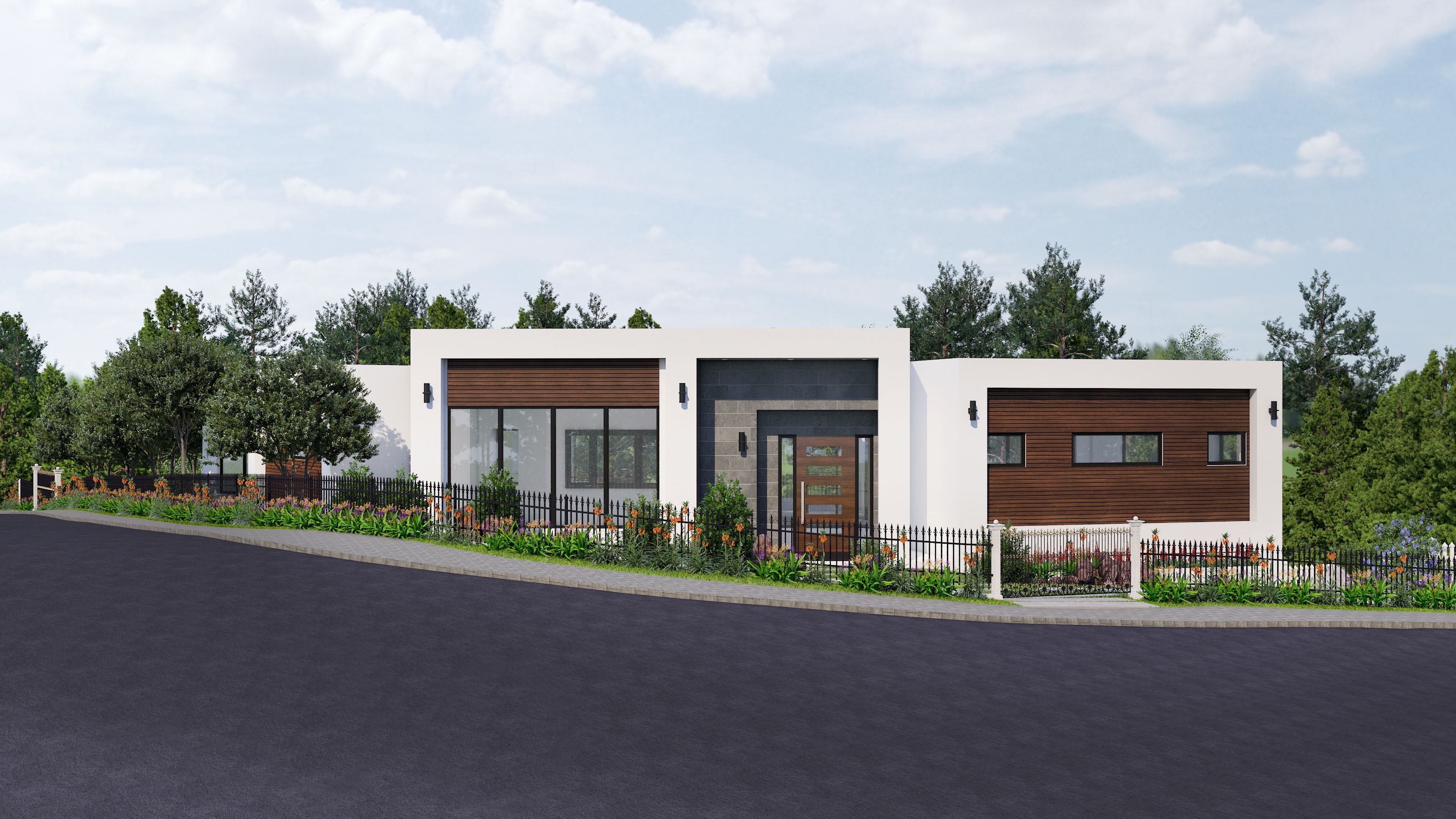
Image Credits
All Project Building Designs by RM Designs, LLC



